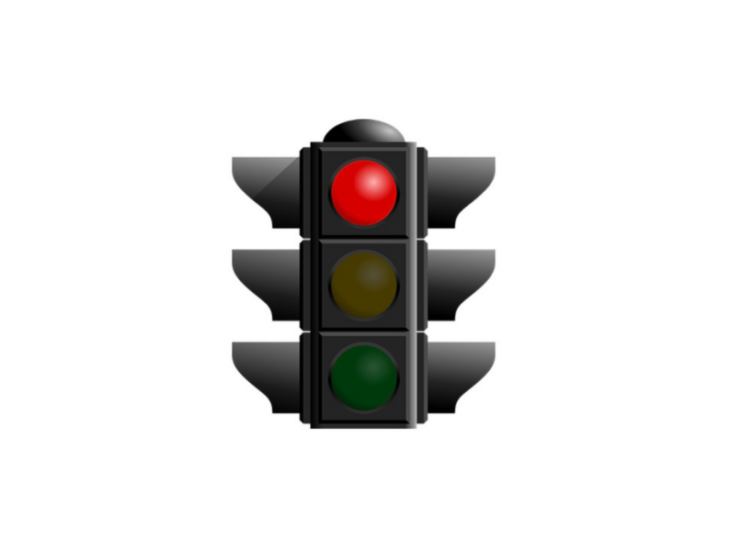
Red Light, Yellow Light is a powerful thinking routine when students encounter ‘puzzles of truth.’ Students are provided with tools to navigate through editorials, biased news sources, and other informational outlets. By identifying key components of a story, whether found in the news or on the playground, students engage in conversations about where the truth could be misconstrued.
As always, when introducing a new thinking routine it is important to model for your students. As you are modeling marking up a text for students, make sure to verbalize your thinking in why you are marking zones red, yellow, or green (i.e. “Here the author is making a sweeping generalization of all teenagers, I am going to mark this as yellow.”)
This strategy translates well into a digital learning environment and could begin as an asynchronous activity. Students can use an online annotation tool, such as Edji, Diigo, or Actively Learn, to mark up their texts. For younger students, consider grabbing a snippet of text and bringing it into Seesaw as an image. The initial annotation of text could occur asynchronously, with students returning to synchronous learning to discuss.
